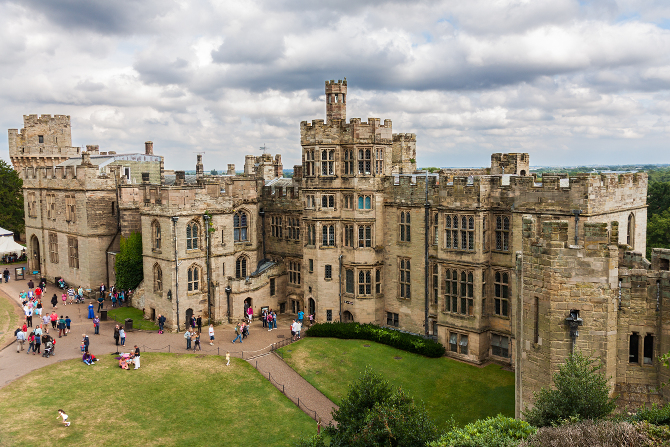In the UK, if a property is listed, it will be on the Statutory List of Buildings of Special Architectural or Historic Interest. A listed building cannot be demolished, extended or altered without special permission from the local planning authority.

It should be noted that anything can be listed, meaning it does not necessary have to be actual premises. It can be in any forms and types, as long as it is classed as a point of historical interest.
For instance, the Beatles’ Abbey Road pedestrian crossing in London and Stonehenge in Wiltshire are some examples of listed buildings that are not actually buildings.
You’ll find that the older the structure, the more probable that it will be deemed as listed. All buildings that were built before 1700 will automatically be listed, as long as they “contain a significant proportion of their original fabric”. Furthermore, the majority of properties built between 1700 and 1840 are also listed.
With around 500,000 listed buildings, 15% were built before 1600, 19% in the 17th century, 31% in the 18th century, 32% in the 19th century and 3% after 1900.
The status for buildings in England and Wales are divided in to three types, according to Department of Culture, Media and Sport.
Across England and Wales, you will most probably have seen a graded building. A lot of Grade I listed buildings are those that are used for commercial purposes including the Royal Exchange London, Warwick Castle, Tower Bridge, Albert Dock, Crewe Hall, Nantwich’s Crown Inn and York Minster. Around 2.5% of all listed buildings are Grade I.

In Scotland, building are graded differently to those in England and Wales. According to Historic Environment Scotland, listed building are classified as the following.
Previous Post
Decline of shop vacancy rates in Hemel Hempstead